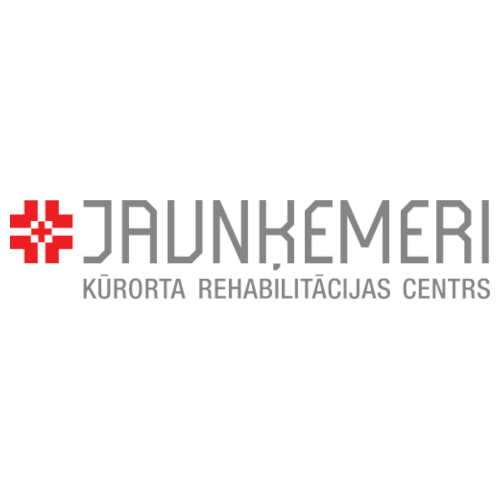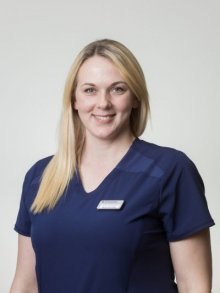Education
Riga Stradins University, professional bachelor's degree in healthcare and qualification as a physiotherapist
Associations
Latvian Physiotherapists Association
Experience
Rehabilitation center Jaunķemeri
Services
Functional assessment of the patient
Individual sessions
Group sessions
Sling therapy
Kinesiology taping
Physiotherapy examination methods used:
- Obtaining a medical history
- Respiratory and cardiovascular assessment
- Static postural functional activity assessment
- Assessment of osteokinematic and arthrokinematic joint movements
- Assessment of muscle function and balance
- Neurological examination of the patient
- Palpatory examination of the musculoskeletal system
- Performing special tests necessary for the examination of the patient (e.g. passive and active joint stability tests)
- Posture and gait analysis
- Tests to assess the functional status of the nervous system (upper, lower Barré test, toe-nose test, heel-knee test, Romberg test, nerve root impingement tests)
- Formulation of physiotherapy goals and integration of physiotherapy goals into the patient's overall treatment and rehabilitation plan
Technologies used in physiotherapy treatment:
- Patient positioning, repositioning
- Individualised therapeutic exercises (passive therapeutic exercises (passive movements, passive stretching exercises), active assisting exercises, active exercises, therapeutic exercises in water)
- Therapeutic active exercises in groups (active with and without tools, exercises using different positions and support surfaces)
- Vertical exercise with control of objective and subjective orthostatic responses
- Postural drainage with specific breathing exercises (postural drainage, specific breathing exercises)
- Specific physiotherapy techniques or elements thereof (kinesiology taping, proprioceptive neuromuscular fascilitation, specific relaxation techniques such as diephragmatic breathing)
- Selection of aids and training in their use
- Individual dosage of different types of exercise
- Gait training
- Balance training
- Coordination training
- Soft tissue techniques




